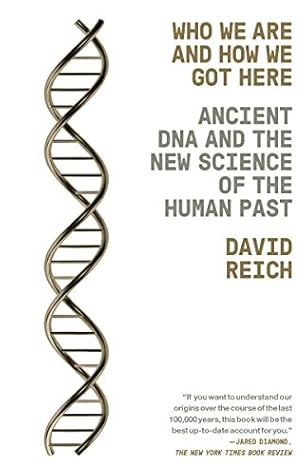A genome consists of twenty-three chromosomes, and because a person carries two genomes, one from each parent, the total number is forty-six. But the chromosomes themselves are mosaics of even smaller tiles. For example, the first third of a chromosome a woman passes down to her egg might come from her father and the last two-thirds from her mother, the result of a splicing together of her father’s and mother’s copies of that chromosome in her ovaries. Females create an average of about forty-five new splices when producing eggs, while males create about twenty-six splices when producing
...more
This highlight has been truncated due to consecutive passage length restrictions.


